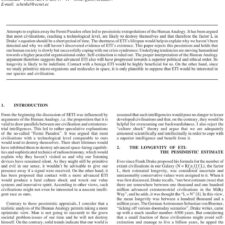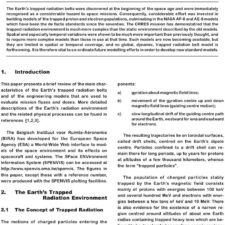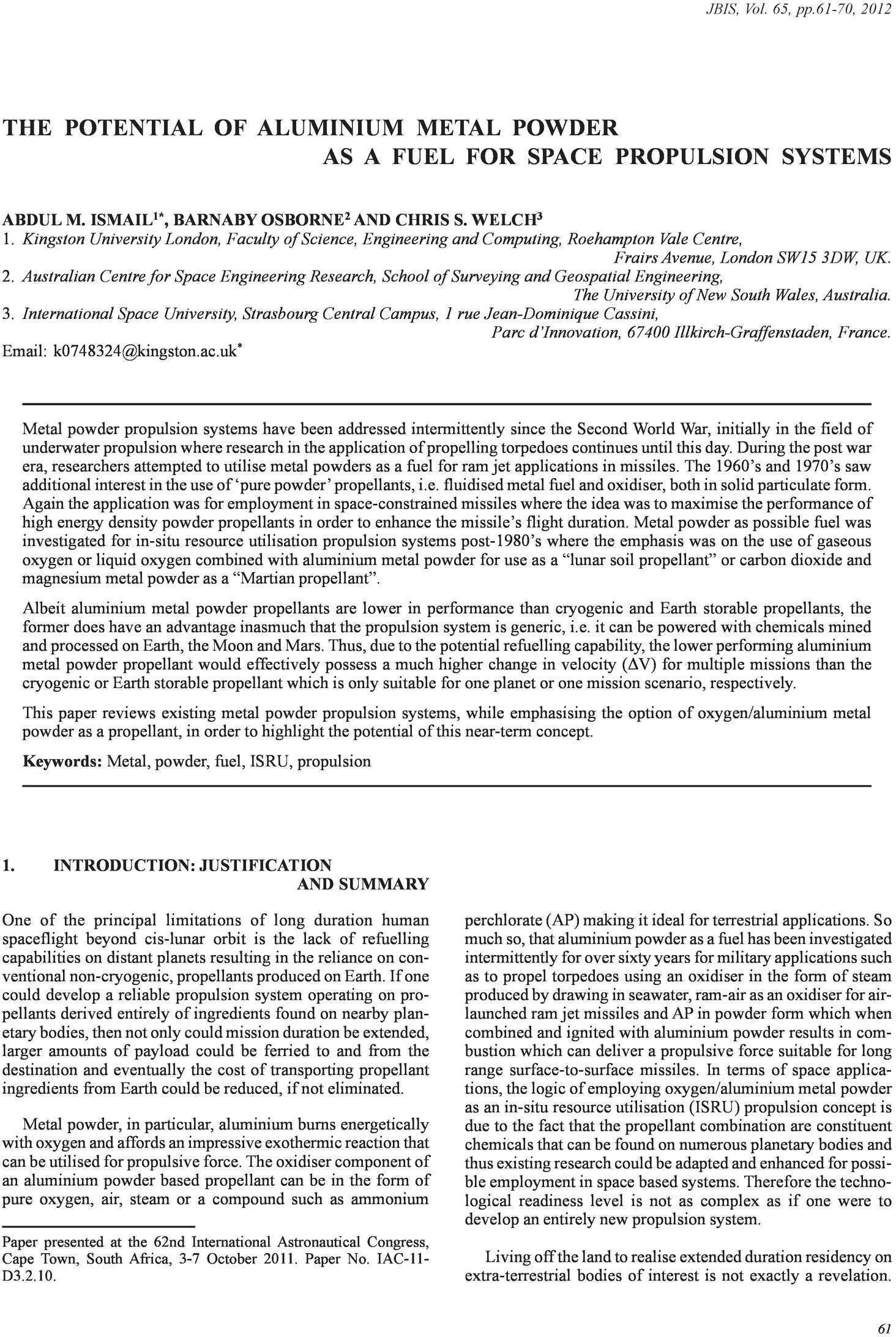The Potential of Aluminium Metal Powder as a Fuel for Space Propulsion Systems
£5.00
A. M. Ismail; B. Osborne; C. S. Welch (2012), JBIS, 65, 61-70
Refcode: 2012.65.61
Keywords: Metal, powder, fuel, ISRU, propulsion
Abstract:
Metal powder propulsion systems have been addressed intermittently since the Second World War, initially in the field of underwater propulsion where research in the application of propelling torpedoes continues until this day. During the post war era, researchers attempted to utilise metal powders as a fuel for ram jet applications in missiles. The 1960’s and 1970’s saw additional interest in the use of `pure powder’ propellants, i.e. fluidised metal fuel and oxidiser, both in solid particulate form. Again the application was for employment in space-constrained missiles where the idea was to maximise the performance of high energy density powder propellants in order to enhance the missile’s flight duration. Metal powder as possible fuel was investigated for in-situ resource utilisation propulsion systems post-1980’s where the emphasis was on the use of gaseous oxygen or liquid oxygen combined with aluminium metal powder for use as a “lunar soil propellant” or carbon dioxide and magnesium metal powder as a “Martian propellant”.
Albeit aluminium metal powder propellants are lower in performance than cryogenic and Earth storable propellants, the former does have an advantage inasmuch that the propulsion system is generic, i.e. it can be powered with chemicals mined and processed on Earth, the Moon and Mars. Thus, due to the potential refuelling capability, the lower performing aluminium metal powder propellant would effectively possess a much higher change in velocity (V) for multiple missions than the cryogenic or Earth storable propellant which is only suitable for one planet or one mission scenario, respectively.
One of the principal limitations of long duration human spaceflight beyond cis-lunar orbit is the lack of refuelling capabilities on distant planets resulting in the reliance on conventional non-cryogenic, propellants produced on Earth. If one could develop a reliable propulsion system operating on propellants derived entirely of ingredients found on nearby planetary bodies, then not only could mission duration be extended, larger amounts of payload could be ferried to and from the destination and eventually the cost of transporting propellant ingredients from Earth could be reduced, if not eliminated.
Related products
-

An Astrophysical Explanation for the ‘Great Silence’
£5.00 Add to basket -

The Nature of ETI, Its Longevity and Likely Interest in Mankind – The Human Analogy Re-Examined
£5.00 Add to basket -

Overview of Radiation Belt Modelling
£5.00 Add to basket -

A Global Multidisciplinary Approach to ETI Research – A Cyclic Nonperiodic Natural Code
£5.00 Add to basket

